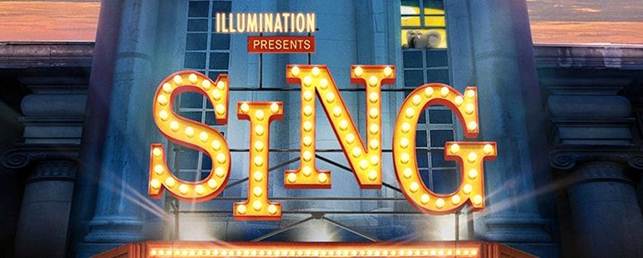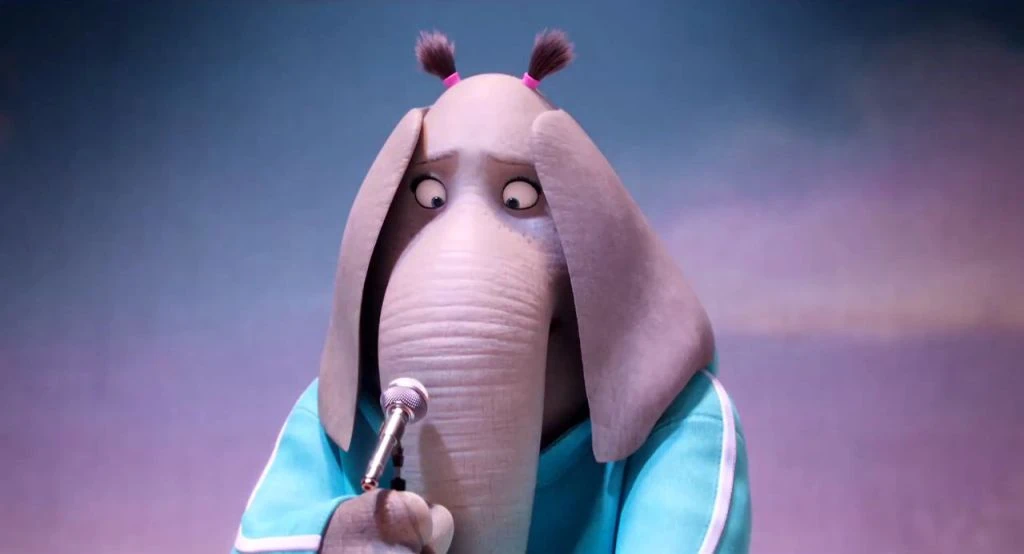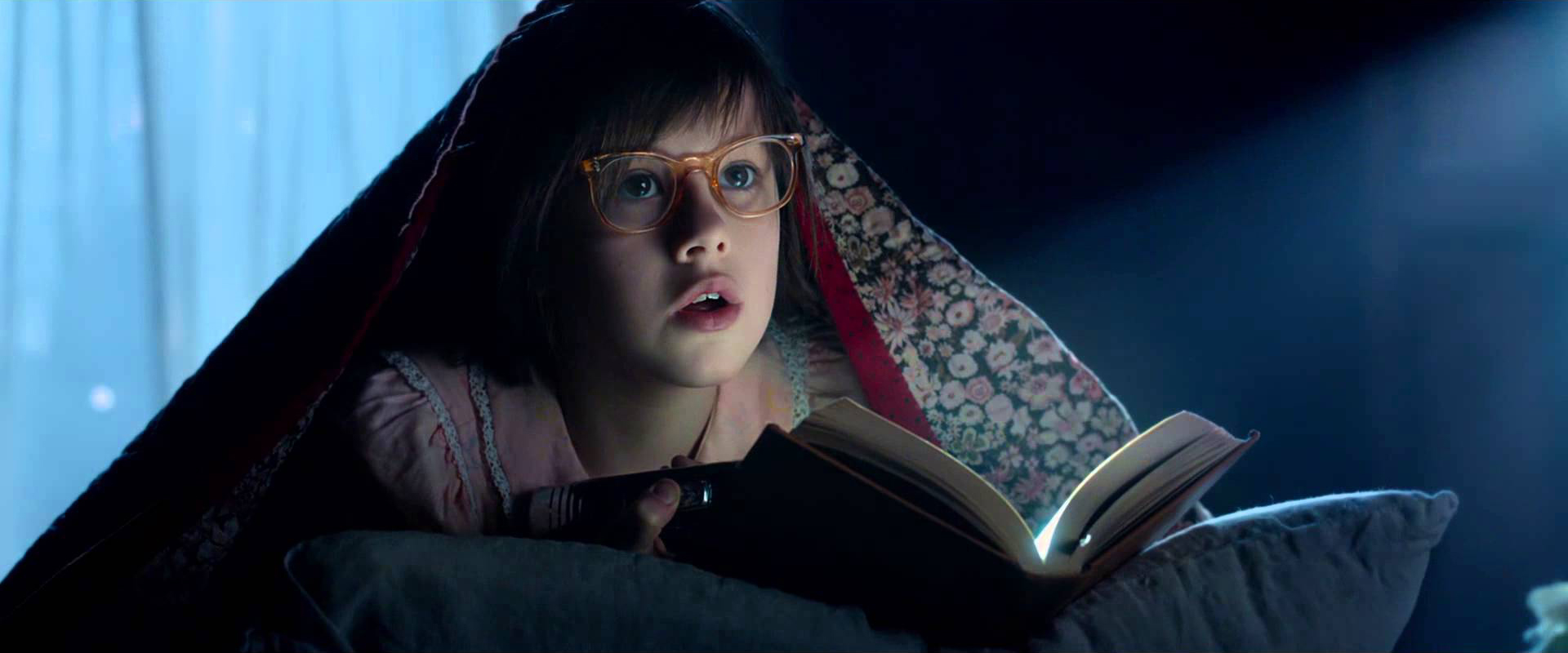
Once upon a time, a Koala named Buster Moon fell in love with the theater when he was a child. With the help of his father, Moon opened the Moon Theater years later.
Mr. Moon has put on many shows in the Moon Theater, but none of them have been successful. Now in an effort to save the theater from being foreclosed on by the bank, Moon decides to hold a singing contest with a grand prize of 1,000 dollars. But a mistake occurs, and the flyers Moon sends out advertise a prize of 100,000 dollars!
 Now the auditions are over, and Mr. Moon has selected the performers: A teenage Gorilla named Johnny, a young porcupine called Ash, housewife sow Rosita, a dancing pig named Gunter, and a narcissistic mouse known as Mike. But there is also another. A very young elephant named Meena wants to be in the show, but she is prone to severe stage fright. Moon has given her a job backstage, but there still may be a second chance for Meena to be in the show. Will Moon be able to save his theater, and will all our characters get their time to sing? (Spoilers Ahead..)
Now the auditions are over, and Mr. Moon has selected the performers: A teenage Gorilla named Johnny, a young porcupine called Ash, housewife sow Rosita, a dancing pig named Gunter, and a narcissistic mouse known as Mike. But there is also another. A very young elephant named Meena wants to be in the show, but she is prone to severe stage fright. Moon has given her a job backstage, but there still may be a second chance for Meena to be in the show. Will Moon be able to save his theater, and will all our characters get their time to sing? (Spoilers Ahead..)Why Sing is different from Zootopia: The society depicted in Sing more resembles that of human society. The inhabitants of Zootopia are more separated. Zootopia has specific living spaces for specific animals, such as Tundra Town, Sahara Square, and the Rain forest District. Although citizens are not required to take residence in these places, there is still the social clash between prey and predator, similar to the racial conflict in our world today. Considering these kind of details, it might seem that Sing is flawed because it doesn't address these issues, and makes us wonder about things in Sing that are shown in Zootopia, such as how their food chain works. But Zootopia is a film about social unfairness, and Sing is not. (Not to mention that Sing includes sea animals while Zootopia doesn't.)
Each of the performers in Sing has something that prevents them from singing to the world. Some are underestimated, some are blocked by the expectations of others, and some are simply afraid. When Meena's turn comes to sing, Moon reassures her that she won't feel afraid once she starts singing. This is one of the best parts of the movie. At the microphone, Meena looks back nervously at Mr. Moon. He says only one word to her: Sing. There is no simpler way to encourage someone who loves to sing; no matter what it is that wants to stop them. Just as the use of speech is important, so is the use of song and performing when it comes to showing the world who you are, how you feel, and what you love. If everyone could have the courage of Meena and encouragement from those like Buster Moon, it would change the world.
Do you agree with this? Be sure to like, comment, share, and follow to come back for more on ETF!



































